
In our final installment of Realizing Post Merger Synergies with Enterprise Architecture, we evaluate the costs of an M&A and implement planning going forward. This article continues with steps 3-4 of the five-step approach to consolidate IT landscapes. Click here for step one, and here for steps 2-3.

4. EVALUATING THE COSTS
For reasons of simplicity, it is generally useful to compare only the total IT costs in the first step, as creating a detailed cost model—if none exists—is very time-consuming. Distinguishing by plan, build and run costs can be helpful here. Depending on the degree of functional redundancy, initial derivations regarding future operating costs can be made. In LeanIX the costs for applications are calculated as the sum of the IT components that underlie them.
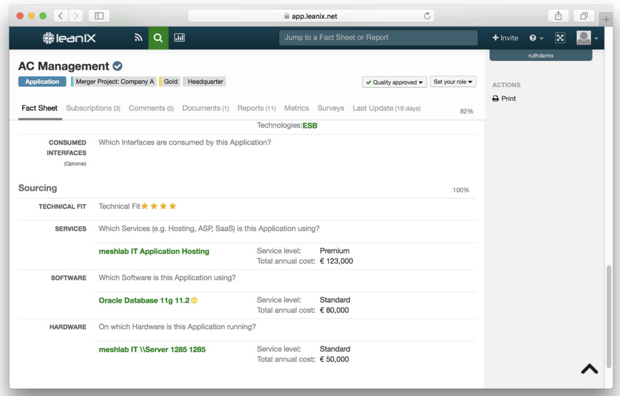
Figure 1: “Example of cost evaluation.”
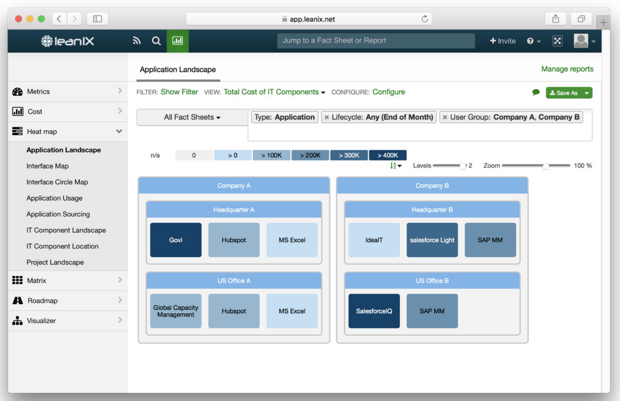
Figure 2: “Application Landscape modeled by the total cost of IT-Components.”
In connection with your company’s business strategy, such comprehensive indicators already allow you to make a basic decision regarding the target landscape. Such a procedure can also be used in the due diligence phase in order to outline a strategy and the associated transformation costs. To support the decision for a particular target landscape the respective business cases have to be set out in detail. The calculation must include the estimated transformation costs, operating costs and the estimated potential savings. When estimating the saving potentials, be conservative about the numbers. Figure 1 shows the IT-related savings and the time needed to realize them. In a merger, it is not realistic to go beyond the first 10% of savings initially.
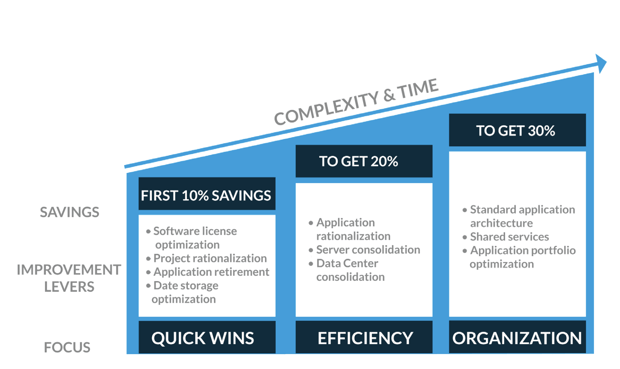
Figure 3: “Typical roadmap to achieve target savings.”
5. PLANNING THE IMPLEMENTATION
Planning a roadmap to achieve the target architecture It is crucial for an M&A project to have a roadmap to guide its progress from start to finish. Roadmaps can be an effective way to quickly assess the application landscape and accelerate integration. They can make links between projects and technologies visible by creating transparency regarding the applications affected by integration projects. M&A projects bind so many resources that they often affect the execution of other projects.
A project roadmap helps you avoid bottlenecks and disappointments, if for example, the introduction of a product collides with the integration project. In this respect, roadmaps are an effective basis for communicating within the company and ensuring that everyone is informed of the migration plans for the integration process. Regular iterations with the relevant stakeholders in the integration will help improve the quality of your planning.
In your roadmap, you define the steps to implement your target landscape. The target is broken down into major milestones that contain specific business targets (e.g., creating a shared information base). The derived activities regarding the various application landscapes can be set up as projects in LeanIX. Applications that have to be modified can also be assigned to these projects, allowing you to create a migration plan for your selected merger scenario. You can precisely define in which order you intend to carry out your projects to create a joint application landscape. You can also include existing projects in your planning and map the dependencies that result.
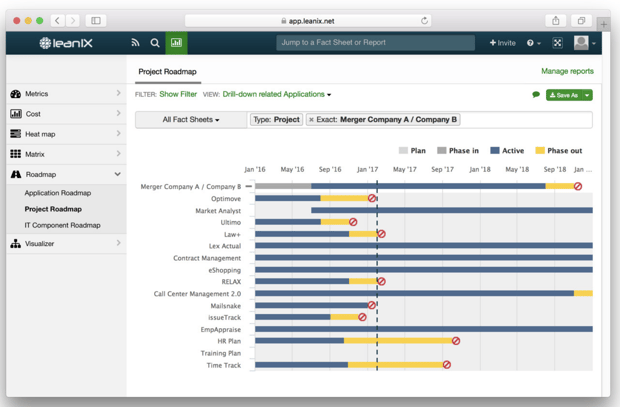
Figure 4: “Project Roadmap modeled by a company with the applications drilled down.
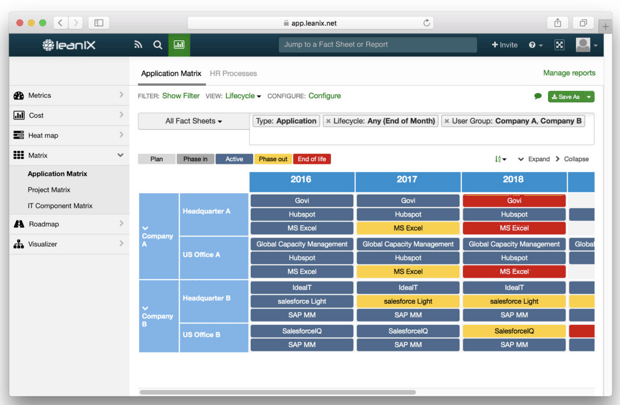
Figure 5: “Application Matrix modeled by Company (on the left) showing the roadmap over three years (on the top).
IN CONCLUSION
Mergers have different initial situations. Sometimes a large company swallows a smaller one; sometimes the merger takes place between equals. The aim can be to conquer new geographic markets or gain technical capabilities. In all these scenarios, enterprise architecture can play a key role in making the IT integration successful. Enterprise architecture helps consolidate locations, rationalize applications and select the best applications for a shared target IT landscape. This allows companies not only to realize savings and utilize synergies, but also to better strategically align their business. Choose one of the four above-mentioned models for a target landscape to conduct your merger activities. Using the presented Beyer-Smertnig model you can objectively rate your applications in order to select the ones that are the most suitable for you. The global trend for more M&A is not abating, and IT integration is playing an ever more crucial role in determining whether a merger is successful or not. As an Enterprise Architect, you are in an ideal position to make a lasting contribution to your company’s success.







